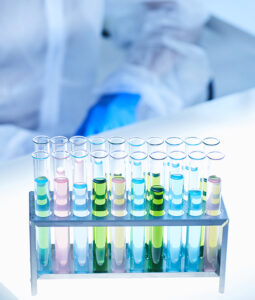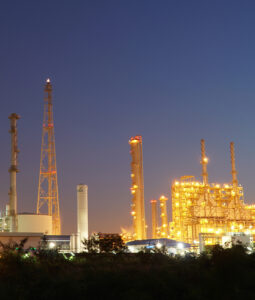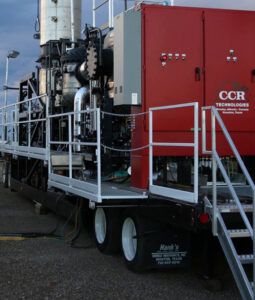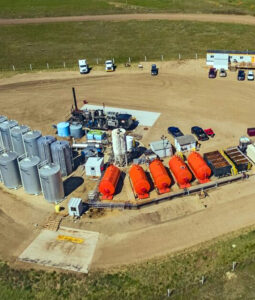OUR AREAS OF EXPERTISE
CCR’s technology can virtually remove every impurity, regardless of its concentration in the feed and this can be accomplished while the operating facility remains in operation
ENHANCED CARBON CAPTURE
CCR owns novel Intellectual Property that can be integrated with any carbon capture system! The significant advantage that CCR’s patented and proprietary vacuum distillation technology brings is its capability to remove a range of contaminants and not just Heat Stable Salts (HSS).
GLYCOLS
CCR is capable of removing all ranges of contaminants from your glycol system. Be it a MEG dehydration at your gas plant or heat transfer applications. CCR is also capable of successfully reclaiming heavier glycols such as Triethylene Glycol and Tetraethylene Glycol used for deep dehydration and in aromatic units.
REFINERIES / GAS PLANTS
Ethanolamines, Physical Solvents and Glycols are the key treating chemical families used in every one of the world’s natural gas processing, refining and petrochemical systems.
We can restore them all to virtually new conditions.
DEDICATED UNITS
With CCR’s 34+ years of operating experience as assurance, clients can evaluate the option to have a permanent CCR reclaimer included in their facility’s amine plant design.
BROOKS FIXED FACILITY
We have a permanent processing facility located in Brooks, Alberta, Canada. It is licensed for 1,000,000 Liters and has all weather capabilities.
Additionally, it has a fully equipped Analytical and R&D Laboratory.
MOBILE SERVICES
Whether you are local or remote, we have a solution for you.
LET OUR fleet HELP YOU
CCR Technologies owns and operates a fleet of mobile vacuum distillation processing units which can be transported directly to the customer’s refinery or gas plant, providing on-site purification of gas treating solutions while the customer’s plant continues to operate.
mobile carbon capture options
For pilot programs and smaller CCUS applications, mobile reclaiming is the ideal option.
THE BIG BENEFIT
On-site reclaiming provides customers with both economic and environmental benefits by avoiding costly downtime and expensive solution replacement while minimizing the disposal of spent solution.










